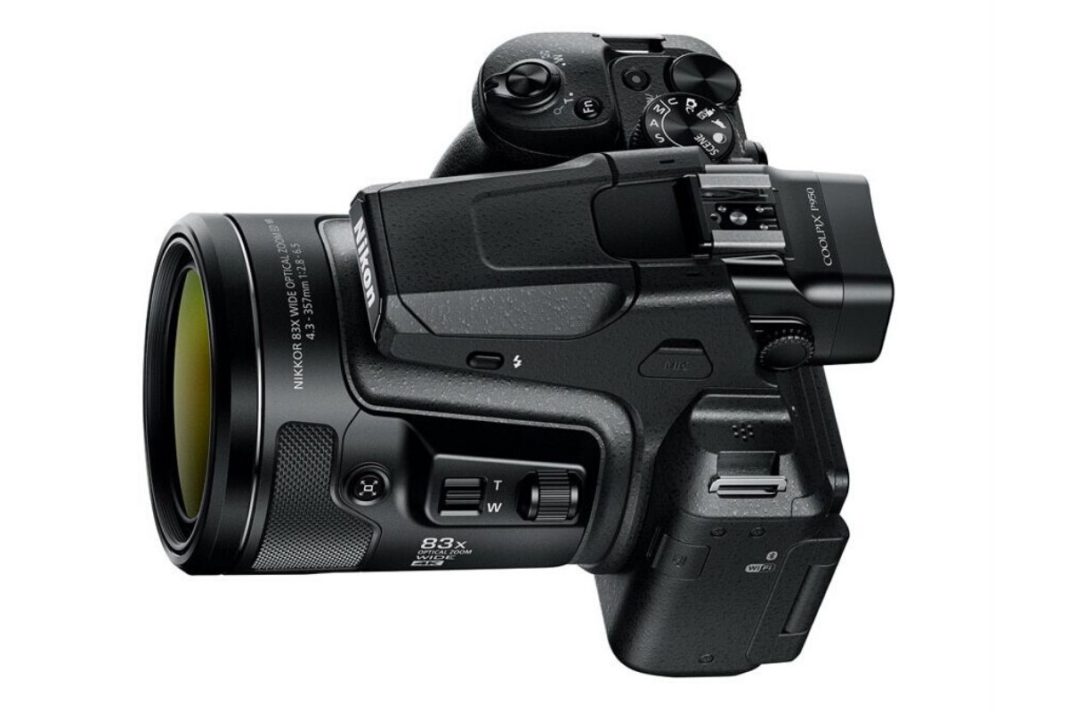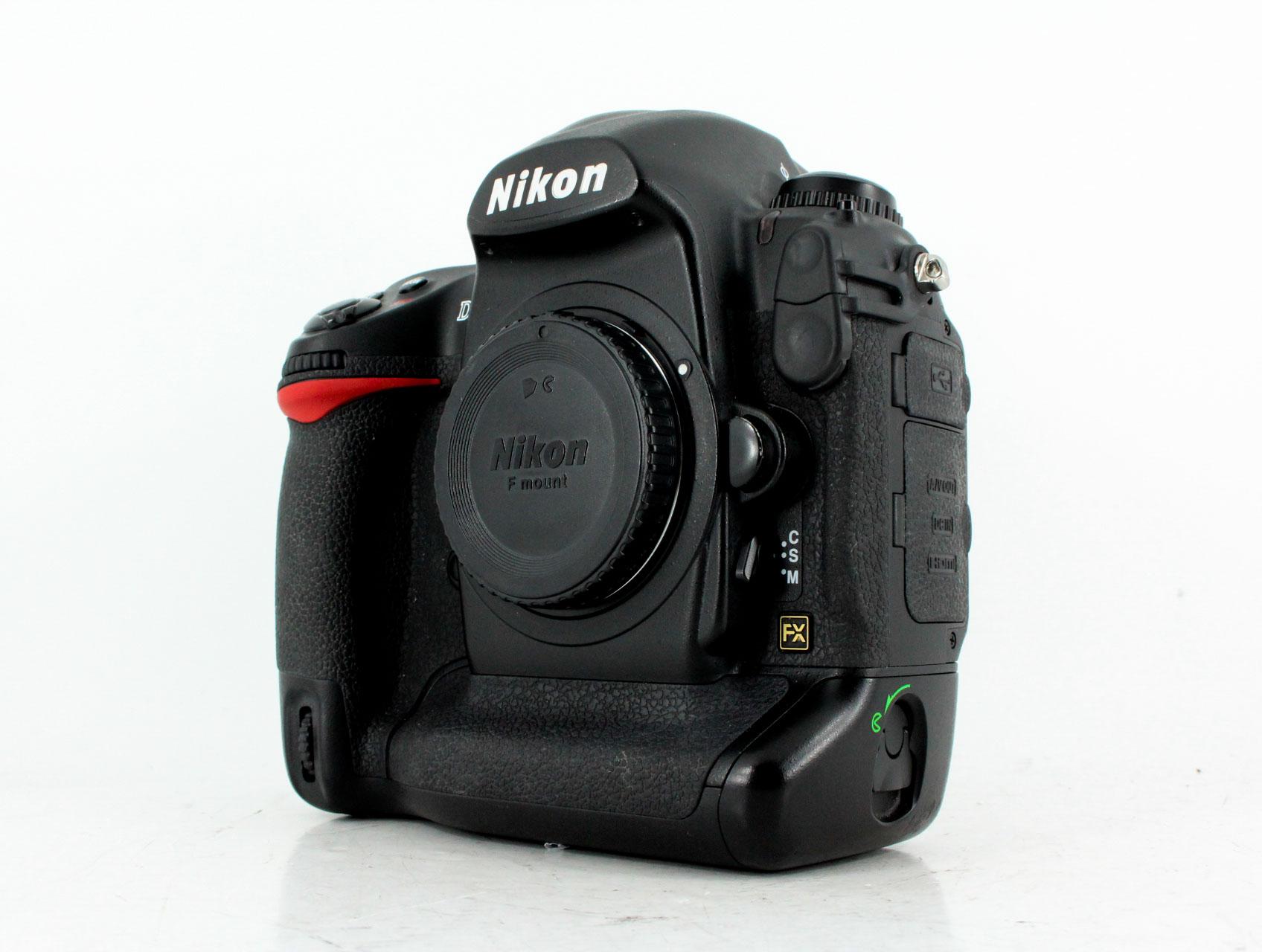

The higher the number, the better, as you will end up with more options at the end. This reading will let you know the maximum amount of images a camera can take per second. If you’re going to be filming fast-moving subjects, such as sports players, wildlife, or moving vehicles, then you should pay attention to a camera’s burst capabilities. The same situation can happen if you use too low a setting when filming in dark conditions. In fact, the photo may be so bright that all you end up with is a yellow blur.
#Nikon full frame dslr iso
The lower the number, the lower the light sensitivity, and vice versa.įor example, if you’re taking photos on a bright, sunny day and you use too high of an ISO setting, then you will end up with too much light in the final image. ISO is simply a measurement of light sensitivity. If you intend to shoot in very bright or very dark conditions, then you will want to pay extra attention to a camera’s ISO range. However, Nikon has not released any information about the brand or model of these systems. These cameras do still have image processors. You may have noticed that there is no image processor information for most of our entry-level cameras. These come with version numbers: the higher, the better. Most of Nikon’s cameras rely on EXPEED image processors. If you’re shooting RAW photos, then you will be getting exactly what your sensor sees, and it will be up to you to process it. Of course, this is only true when shooting with JPEG or other processed formats. Cameras have image processors which work hard to fix image errors (such as lighting problems) so that the final product looks better.

What your camera’s sensor sees isn’t necessarily what is shown in the final photo. Try and select a model with 20+ megapixels. These pixels help build up the detail of an image and the more of them available, the better. While the size of the sensor is by far the most important, you shouldn’t forget about the number of pixels available. You should also check a camera’s megapixel rating. It starts at the biggest size and works its way downwards. You can see the list of different sensor sizes below.

1” and 1/1.2” sensors are common on cheaper entry-level cameras However, the smaller size also means the camera is more affordable. Professional-level cameras usually have full-frame sensors, which are the most expensive. That’s because they are after the highest quality footage.
#Nikon full frame dslr tv
If you have ever seen on TV the cameras used by a Hollywood crew, you will notice that the sensors they use are massive. When it comes to sensors, bigger is better. While these may be small, they still pack a punch and make for a more affordable price tag. These cameras typically have sensor sizes of 1” or 1/2.3”. If you don’t need the latest piece of tech but just want a simple to use device that takes nice photos, then you may want to consider one of Nikon’s more compact cameras. Modelīasic Cameras for Entry-Level Photographers If you want a powerful device with a more affordable price tag, then consider the options below. While not as large as their full-frame counterparts, they are still up to the task of capturing high-quality imagery. This selection of cameras incorporates APS-C sensors. Mid-Range Models For Photography Enthusiasts


 0 kommentar(er)
0 kommentar(er)
